Have you ever purchased property in Queensland?
If your answer to that question is yes, it is very likely that at some stage in life, you’re going to sell the property you purchased. If you’re anything like us and want to know exactly what you’re getting yourself into, then look no further – we’re here to help! After all, they do say knowledge is power, so here’s the 4-1-1 on your disclosure obligations as a seller of property in Queensland.
Your disclosure obligations as a seller of residential property in Queensland arise from:
the standard terms of the contract;
common law; and
legislation.
Yeah, yeah… but what exactly am I obliged to disclose to the buyer, you ask?
Don’t worry, we’ve got you covered! We’ve set out a few examples of your disclosure obligations below:
Standard Terms of The Contract
As an example of your disclosure obligations under the standard terms of the Contract, the REIQ Houses & Land Contract (15th ed.) requires, amongst other things, sellers to disclose the following to buyers:
Clause 7.2: any defect in title or statutory or unregistered encumbrances affecting the property that will not be removed at or before settlement – for example, sewer mains, electricity mains, unregistered rights to enter or cross part of the property etc.;
Clause 7.4(2): any current or potential claim, notice or proceeding that may lead to a judgement, order or writ affecting the property – for example, a neighbour claiming that a structure on your property encroaches on, or is causing a nuisance to, their property;
Clause 7.6(1): any valid notice or order by any competent authority or court or tribunal (for example Brisbane City Council, Supreme Court, QCAT etc.) requiring work to done on the property and which was issued before the contract date;
The standard terms contain a number of other disclosure obligations that sellers must consider before a contract is entered into (and realistically, before marketing the property for sale). Some of these have their roots in the common law and legislation, as outlined below.
Common Law
In addition to the standard terms of the contract, the case of Flight v Booth (1934) 131 ER 116 sets a precedent for the obligation of sellers to disclose all material defects in title to buyers. Examples of defects in title are leases, easements, mortgages and statutory charges. As a seller, you must disclose all latent (hidden) defects. Doing so will limit the buyer’s termination rights.
There are also many cases that deal with misrepresentations made by sellers to buyers, such as where a property is advertised for sale as a dwelling house but does not have the requisite final inspection certificate from the local Council to lawfully permit the dwelling to be occupied (it is a very common occurrence that, for one reason or another, all structures on a property are not fully council-approved – are yours?).
While there are no express rights afforded to a buyer in the contract, the buyer may be entitled to make a common law claim for misrepresentation based on the ‘false-promises’ made by you or the selling agent.
Legislation
There are also numerous pieces of legislation that require you to disclose information about the property:
Environmental Protection Act 1994 (Qld): if the land is recorded on the Environmental Management Register or the Contaminated Land Register, you must disclose that the particulars have been recorded in the register and, if the land is subject to a site management plan, the details of the plan;
Electrical Safety Regulation 2013 (Qld): you must disclose whether a safety switch is installed in the property;
Fire and Emergency Services Act (Qld): you must disclose whether there are compliant smoke alarms installed in the property;
Queensland Building and Construction Commission Act 1991 (Qld): if any building works were carried out by an unlicensed builder and if the property is sold within six years of completion of the work, you must give notice detailing the work carried out along with the relevant warning under the legislation;
Neighbourhood Disputes (Dividing Fences and Trees) Act 2011: you must disclose if there are any applications to, or orders made by, QCAT in relation to trees affecting the property.
If you’re selling a lot within a community title scheme under the REIQ Residential CTS (11th ed.) it is important to note that as a seller, there are additional disclosure obligations you must comply with. Some of these additional disclosure obligations are very prescriptive and require the careful adherence to various pieces of legislation.
Further Comments
The disclosure obligations listed above are certainty not an exhaustive list – they are, instead, just a few of your disclosure obligations as a seller of residential property in Queensland.
In order to best protect your interests as a seller and avoid the effects of non-disclosure, we recommend that all sellers seek advice before entering a contract.
If you’re selling property in Queensland and require further assistance on how to best protect your interests by limiting the termination and/or compensation rights of buyers of your property, please do not hesitate to contact us on (07) 3193 1200.
Important Disclaimer: The material contained in this publication is of a general nature only and is based on the law as at the date of publication. It is not, nor is it intended to be, legal advice. If you wish to take any action based on the content of this publication, we recommend that you seek professional advice.

